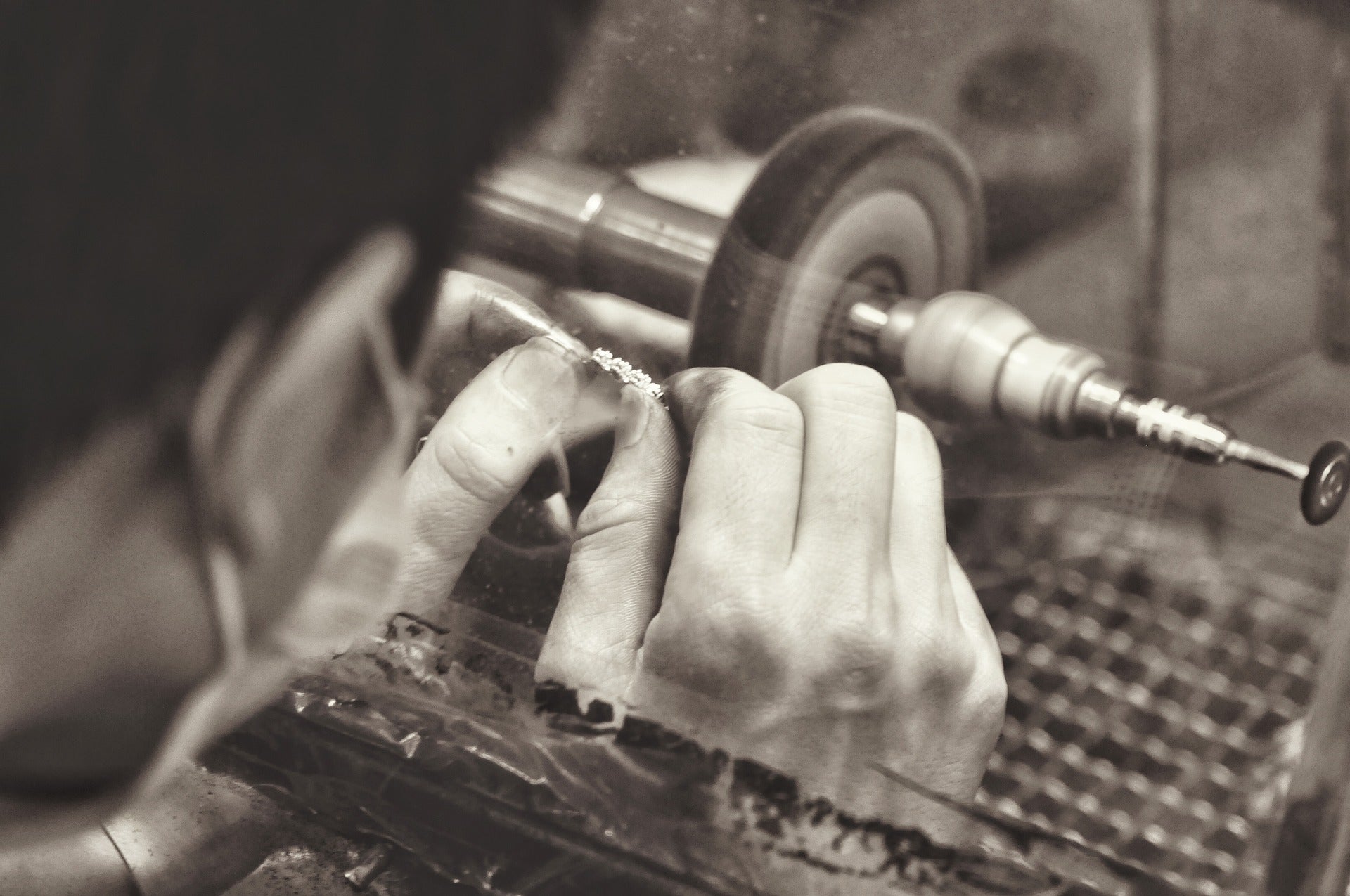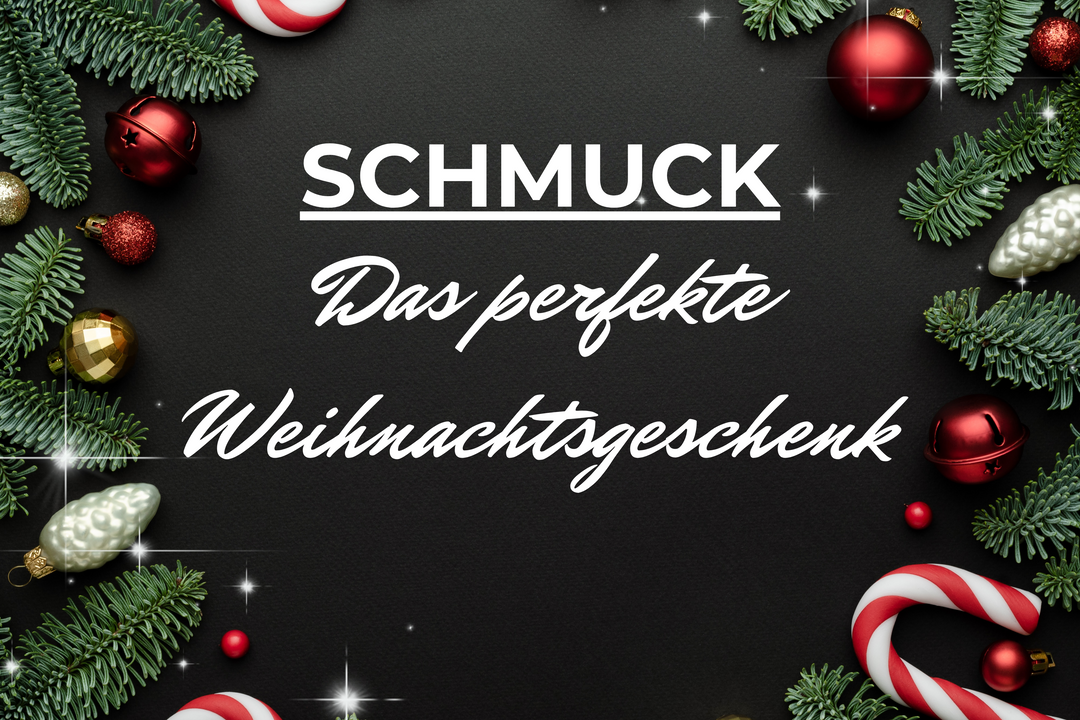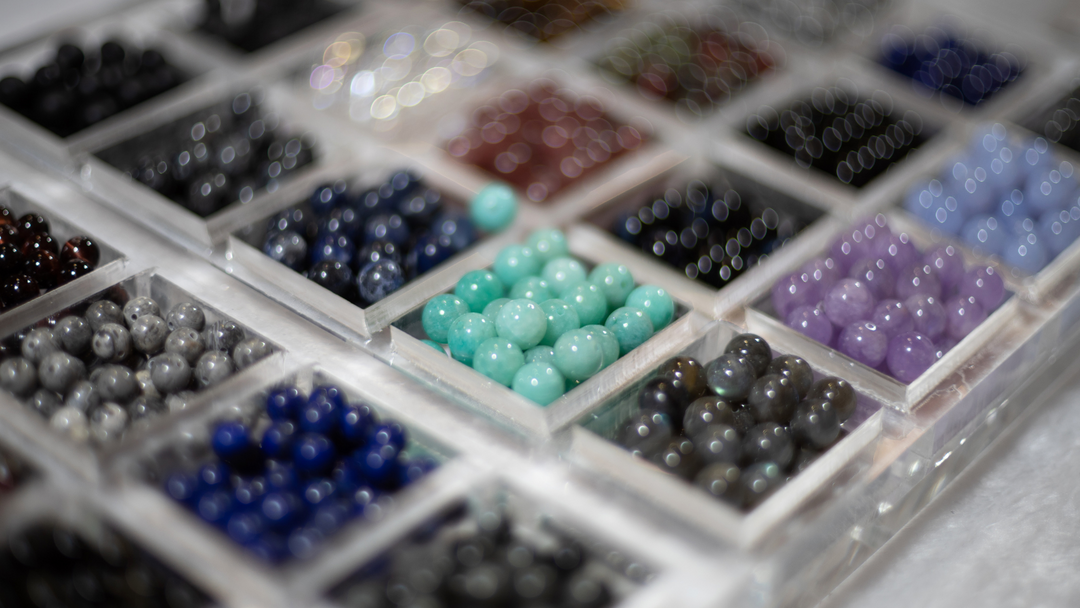The name of the precious metal found its name in Great Britain. The English used silver to make their penny coins, also known as sterlings. However, since pure silver was too soft and therefore unusable for coin production, the English mixed in a small amount of other metals. For this, 92.5% pure silver was mixed together with 7.5% copper, nickel or other materials to achieve a certain strength. Sterling silver thus got the designation as the silver used for making the sterling coins.
Today sterling silver is also called 925 silver.
The abbreviation indicates the fineness of metals in jewelry or objects, which is the highest represented. The value is given in parts per thousand, i.e. thousandths. This means: 925 silver has a proportion of 925 parts of silver out of 1000 parts in total.
When sterling silver found its way to mainland Europe, it was soon realized that it was also ideal for making jewelry. There was only one change here. Over time, it became apparent that the nickel used in sterling silver was causing allergic reactions on the skin. To avoid this in the future, the production of sterling silver was based exclusively on copper. Through this composition, sterling silver is now nickel-free and can be worn without exception by allergy sufferers.







